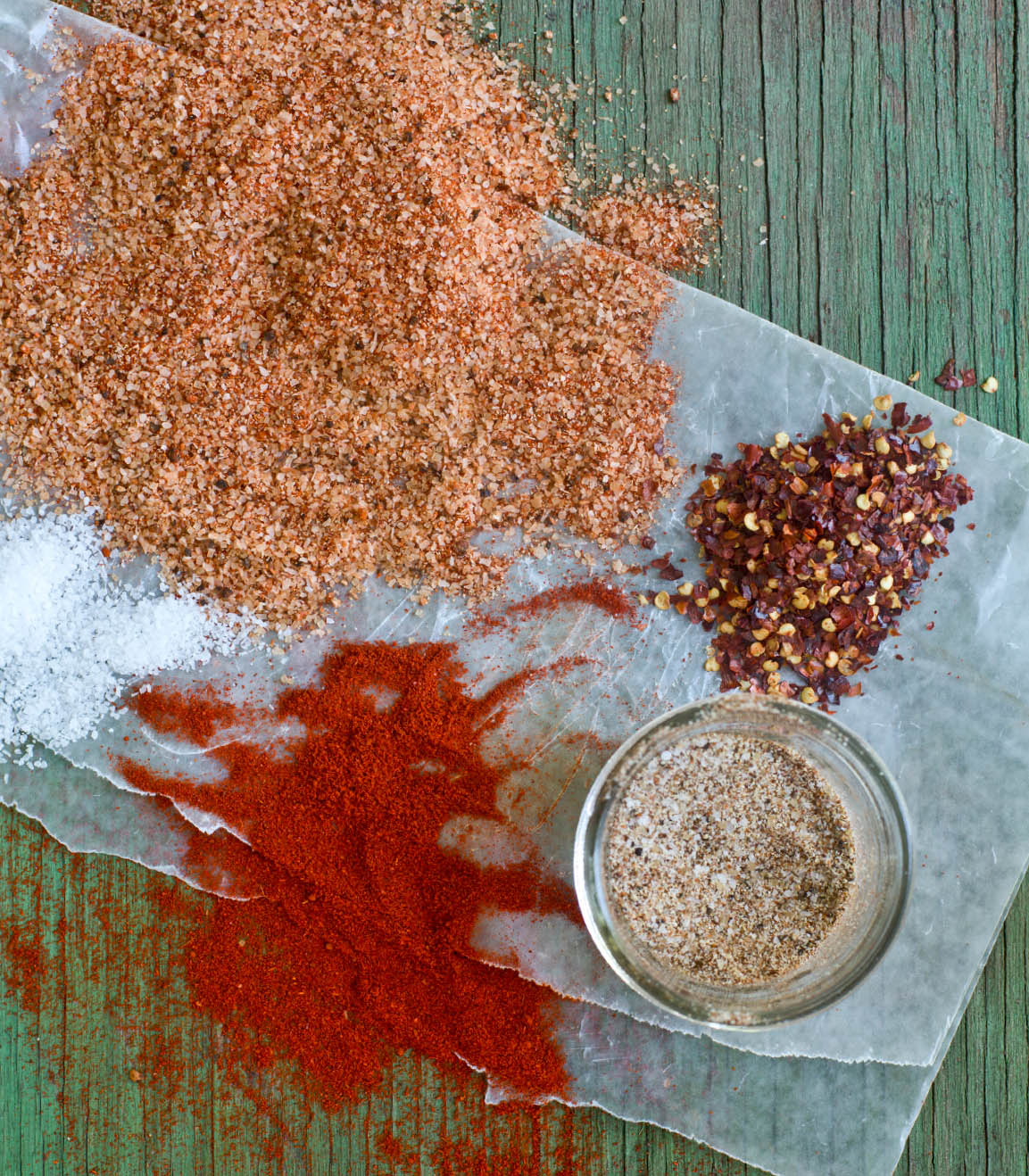
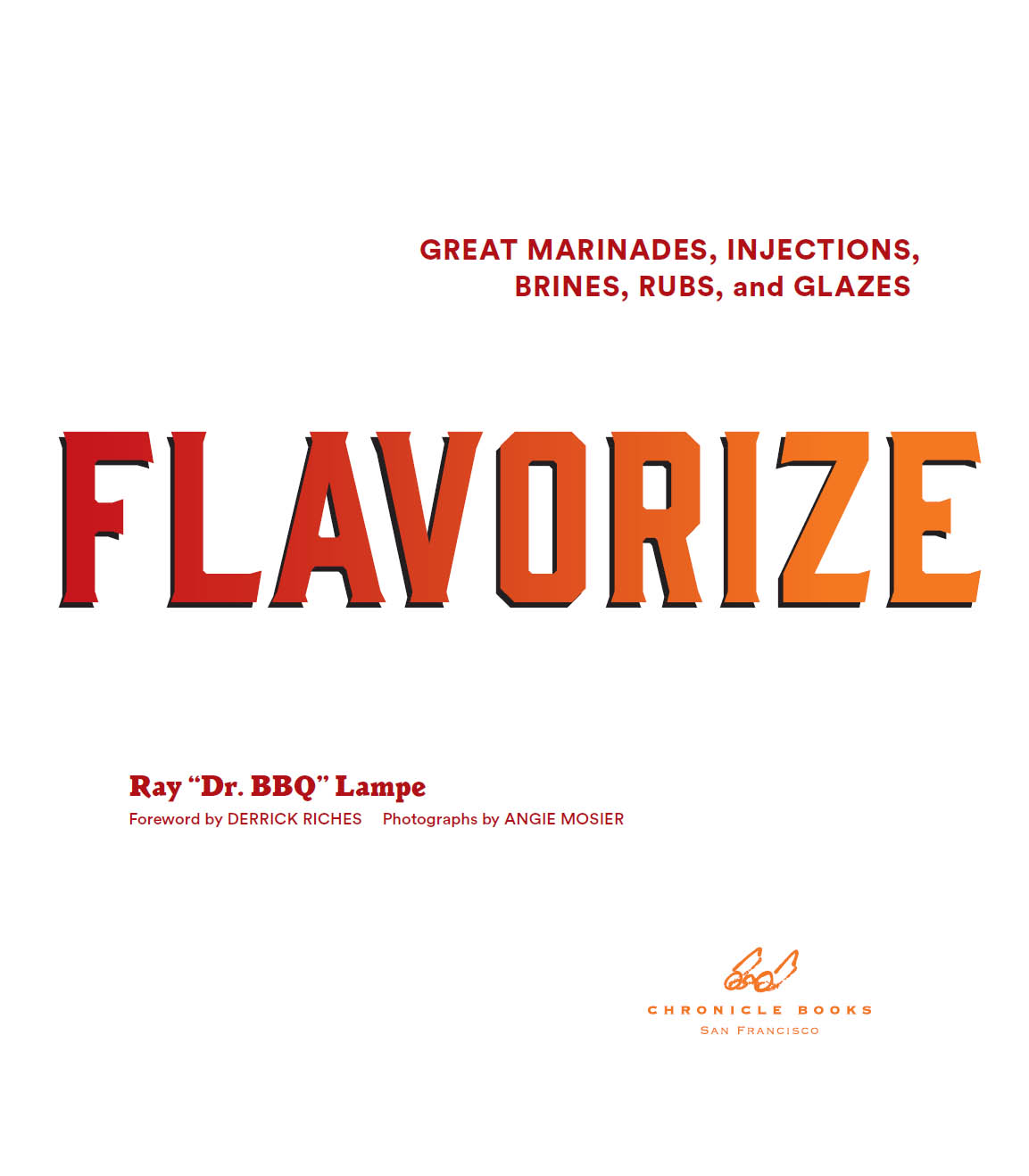
Text copyright 2015 by Ray Lampe.
Foreword copyright 2015 by Derrick Riches.
Photographs copyright 2015 by Angie Mosier.
All rights reserved. No part of this book may be reproduced in any form without written permission from the publisher.
ISBN 978-1-4521-3070-5 (epub, mobi)
Library of Congress Cataloging-in-Publication Data:
Lampe, Ray.
Flavorize : great marinades, injections, brines, rubs, and glazes / Ray Dr. BBQ Lampe ; foreword by Derrick Riches ; photographs by Angie Mosier.
pages cm
Includes index.
ISBN 978-1-4521-2530-5 (hc) -- ISBN 1-4521-2530-9 1.
Marinades. 2. Barbecuing. I. Title.
TX819.M26L36 2015
641.814--dc23
2014014504
ISBN 978-1-4521-2530-5
Designed by Benjamin Shaykin
Typeset in Gin, Circular, Lyon, and Parkinson
BBQ Gurus Digi-Q is a registered trademark of The BBQ Guru; Big Green Egg is a registered trademark of Big Green Egg Inc.; Coca-Cola is a registered trademark of The Coca-Cola Company; Mortons Kosher Salt and Mortons Tender Quick are registered trademarks of Morton International Inc.; Penderys San Antonio Red Spice is a registered trademark of Penderys Inc.; Shun knives are registered trademarks of Kai USA Ltd.; Sugar In The Raw is a registered trademark of Cumberland Packing Company; Superfast Thermapen is a registered trademark of ThermoWorks; Vitamix blender is a registered trademark of Vita-Mix Corp.
Chronicle Books LLC
680 Second Street
San Francisco, California 94107
www.chroniclebooks.com
ACKNOWLEDGMENTS
Many thanks to Bill LeBlond for all the support over the years. Enjoy your retirement, friend. Thanks to Amy Treadwell for all the hard work and for always making me look so good. Thanks to everyone at Chronicle for doing that thing you do. Thanks to Scott Mendel for always finding the right answer, and, last but not least, thanks to Sandi for putting up with it all and keeping the home fires burning. Oh, and thanks to Minnie Pearl for being so cute.
FOREWORD
Cooking is both an art and a science, but infusing with flavor is purely art. In Flavorize, Ray Lampe brushes with bold strokes, but that has always been Rays greatest strength. As a writer in the world of barbecue, I often bump into him at trade shows, food competitions, and a variety of other food events. While I wander these spaces looking for whats new, interesting, or a good story, Ray is usually cooking. I prefer an event I know he will be attending, as it means I have a place to drop my bag, put up my feet, and grab a quick bit to eat. Ray is almost always cooking, and will clue me in when something delicious is ready to come off the grill or out of the smoker.
Hanging out in Rays event tent has given me ample time to watch him work, but it never seems like work. Dishes come together while he talks with passersby or laughs with friends who are doing pretty much what I amtaking advantage of the shade, the food, and the company. And his cooking always seems effortless. I know few people who can so easily blend flavors together to make something fantastic from whatever there is on hand. I havent had the chance to watch Ray cook at home, with all his ingredients and kitchen at his disposal, but I imagine that this book is an ample reflection of what it would be like to drop by for dinner.
In the nearly two decades that I have written about barbecue and grilling, I have read a lot of books, and Rays have consistently been among the best. When I heard he was working on one about marinades, injections, brines, rubs, and glazes, I was skeptical. Ive seen these books before and the biggest problem is that as well put together as a marinade recipe might be, if the reader cant see it in action, read about how to apply it, or get a feel for what the flavors are going to be, it doesnt have a lot of value. Once I had the chance to read this book, however, I was immediately relieved.
Flavorize is as much a collection of great recipes as it is a lesson in exceptional cooking. Take Rays recipe for Cuban Mojo Marinade. The ingredients are fresh, the flavors bold, and it can be prepared in just a few minutes. But Ray doesnt stop with a really good mojo recipe; he goes on to show how he would use it, by marinating some good, thick loin-cut country ribs destined for the grill. By including a detailed example of how each marinade, injection, brine, rub, or glaze might be used, this book takes readers from flavor to plate in a way that expands their own cooking ability and not just their recipe collection. Derrick Riches
soaking,
poking,
rubbing,
and
brushing
Its often said that the way to a mans heart is through his stomach. There is little doubt that this is trueand it seems to work pretty well on women, too. But most of us dont fall for just any ol good meal. Its the great meals that get our attention and provoke our amorous admiration for the cook. As cooks, we all want to prepare that great meal, but how do we do that? What sets a great meal apart from just a good one?
Top-quality meats, seafood, and veggies are a great place to start, but thats pretty simple. You always want to start with great ingredients, so you should always seek them out. Sometimes that means spending a little extra money, and sometimes it just means driving across town to a great market. Either way, its always recommended.
Achieving the perfect degree of doneness is key to any great food as well. If your food is coming out tough and dry, youre probably overcooking it and no marinade or glaze is going to help. And if its underdone and raw, well, you can probably figure that one out yourself. Perfect doneness is a tough skill to master, but with a good instant-read thermometer and a lot of attention, we can all learn to become good at it.
But no matter what you buy and how perfectly you cook it, its the seasoning that can take it from good to great. Achieving great flavors through proper seasoning is what every chef and every home cook strives for, and the ones that get it just right are legendary.
Simple can be good. A great chef friend once told me that the difference between a good meal and a great one was the perfect amount of salt. That might be a little too basic, but its true that simple ingredients can be great. The right amount of salt and pepper make a wonderful seasoning, and a little ketchup and mustard can make just about anything worth eating. Barbecue sauce and salsa make a lot of cooks look real good, too, and neither is saved for a specific cuisine anymore.
But you shouldnt be satisfied with the basics of seasoning. There is a big wide world of flavors out there that takes ordinary food and makes it extraordinary. As cooks today, we have access to an amazing variety of spices and ingredients that our grandmothers never even dreamed of and I think we are remiss if we dont embrace these things and use them.
When I took a high school foods class in 1973, it was mostly focused on teaching girls how to cook for their families. It was all good food, but nothing we cooked was very interesting by todays standards. In suburban Chicago back then, tastes were still pretty simple for most people. At home, my grandmother Julia cooked dinner at our house most days. She had come to America from France as a child. She lived most of her life in a French community and, while she was a great cook, her recipes and techniques were very simple and very close to what shed grown up with. We had meat, potatoes, veggies, and an occasional pasta dish just about every night. Her sauces were pan gravies. It was delicious, but relatively one-dimensional compared to what we eat today.
Next page


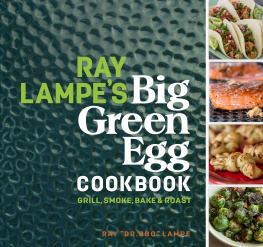
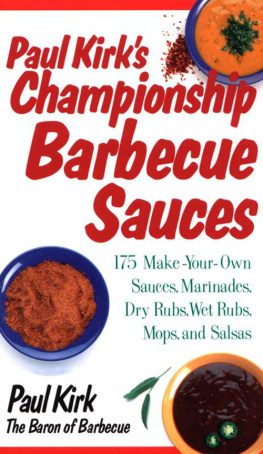
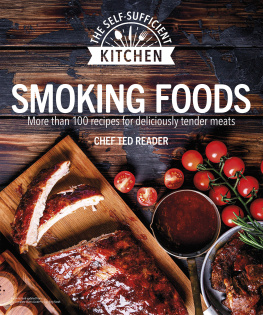
![Raichlen - Barbecue Sauces, Rubs, and Marinades—Bastes, Butters & Glazes, Too [eBook - Biblioboard]](/uploads/posts/book/229830/thumbs/raichlen-barbecue-sauces-rubs-and.jpg)

